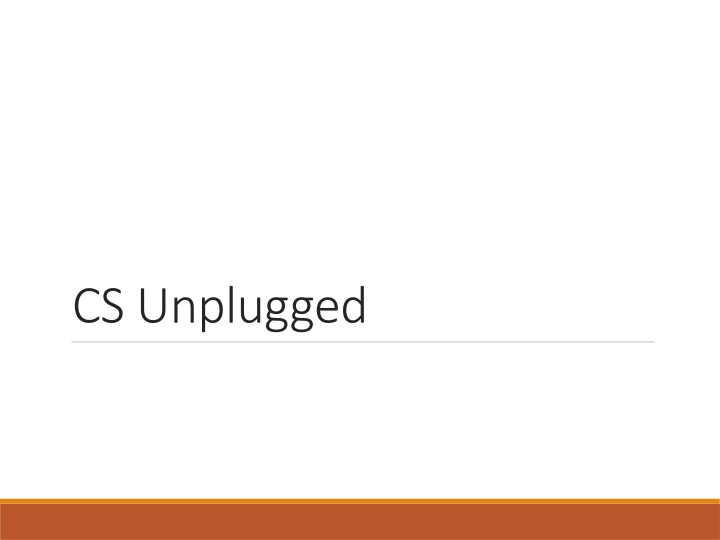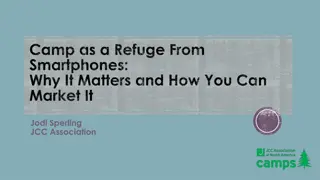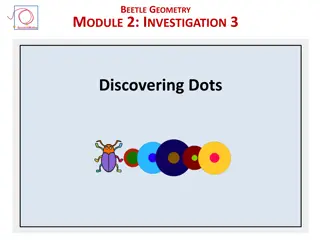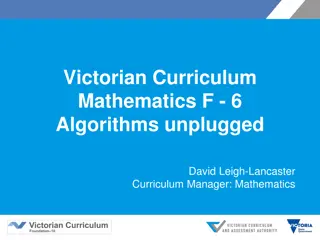
Computational Thinking and Coding Basics
Explore the concept of Computational Thinking and Coding through engaging activities and resources. Discover how to approach problems like a computer, learn different coding languages, and find unplugged teaching approaches. Join the global movement of encouraging students to code and delve into the world of digital technologies. Uncover the essence of computers running on electricity and maths.
Download Presentation

Please find below an Image/Link to download the presentation.
The content on the website is provided AS IS for your information and personal use only. It may not be sold, licensed, or shared on other websites without obtaining consent from the author. If you encounter any issues during the download, it is possible that the publisher has removed the file from their server.
You are allowed to download the files provided on this website for personal or commercial use, subject to the condition that they are used lawfully. All files are the property of their respective owners.
The content on the website is provided AS IS for your information and personal use only. It may not be sold, licensed, or shared on other websites without obtaining consent from the author.
E N D
Presentation Transcript
Computational Thinking Not thinking about or like a Computer A way of thinking that allows us to approach problems in a way that a computer can be used to solve those problems For example, a GPS in your car Involves breaking a problem into a step-by-step solution (an algorithm) 2
Coding The act of writing instructions for a computer to follow in a language that it understands (Code) When we want a computer to follow instructions, we require: 1. Computational Thinking 2. Coding There are many Coding languages we focus on Scratch in this project 3
Computational Thinking Bebras Challenge: https://www.bebras.edu.au/ Please have a look at the activities on your desk If you want to learn more about computational thinking, including teaching resources, please have a look at: http://www.digitaltechnologieshub.edu.au/teachers/topics/ computational-thinking 4
Coding Encouraging students to learn how to code has become a global movement Hour of Code Code Club The Digital Technologies subject in the National Curriculum includes programming and algorithms In NSW, we have the coding across the curriculum area 5
Unplugged Approaches There are approaches for teaching Computational Thinking without Coding or using a computer at all We will look at a couple of unplugged examples from CSUnplugged: http://csunplugged.org/ Some of the ScratchMaths activities are unplugged but most involve Coding with Scratch 6
Computers run on electricity and maths!
Have you noticed the different fonts in a computer type set? a aa
How do computers know? Sometimes mistakes can be passed on in transmission How do computers know if there s been a mistake?





